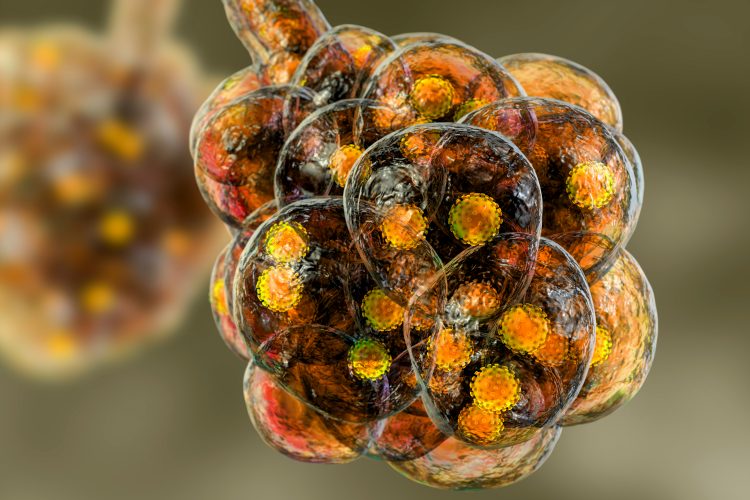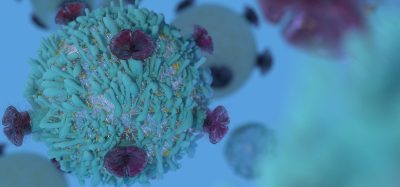Novel human alveolar tissue model could help COVID-19 drug development
Posted: 12 January 2021 | Hannah Balfour (Drug Target Review) | No comments yet
Researchers will use the in vitro model to study how respiratory viruses, like SARS-CoV-2, cause Acute Respiratory Distress Syndrome (ARDS) and develop potential interventions.

Scientists have developed and in vitro human-derived tissue model for studying viral infection and disease progression in the alveolar cells of the lungs. According to the team, their model, which resembles the human bronchioalveolar system, might enable the study of possible therapies for Acute Respiratory Distress Syndrome (ARDS) and pneumonia triggered by SARS-CoV-2 infection.
Infection with the SARS-CoV-2 virus causes coronavirus disease 2019 (COVID-19). It is well established that in COVID-19 patients and those infected with other respiratory viruses, alveolar injury can trigger a cascade of events that leads to ARDS, a potentially fatal complication in which the transport of oxygen into the blood through the alveoli is restricted to dangerously low levels. However, while there is mounting evidence that the epithelium lining the alveoli plays a major role in progression of COVID-19, the lack of in vitro models replicating disease progression, and especially models that are permissive to SARS-CoV-2 infection, has greatly limited our understanding of COVID-19.
Researchers in the Netherlands have overcome this problem by developing a human two-dimensional (2D) air-liquid interface culture system comprising a basal layer of stem cells in contact with the culture media and a top layer exposed to the air, just as it would be in the lungs. In this model, alveolar cells, basal cells and rare neuroendocrine cells, are grown from three-dimensional (3D) self‐renewing foetal lung bud tip organoids.
The 2D cultures were infected with SARS‐CoV‐2 and Transmission Electron Microscopy (TEM), surface marker staining and single-cell sequencing was used to confirm that the cultures were successfully infected. The team observed that SARS-CoV-2 primarily infected surfactant protein C‐positive alveolar type II‐like cells (ATII-Ls).
An analysis of the messenger RNA (mRNA) expressed by the cells in the culture revealed that SARS-CoV-2 infection induced an immune reaction in the form of a type I/III interferon response programme.
Additionally, the team showed that treating cultures with the antiviral signalling molecule interferon lambda early in infection significantly inhibited SARS-CoV-2 replication, indicating that – if timed right – interferon lambda could be an effective treatment for COVID-19. As a result, the researchers concluded that these cultures could be helpful for the development of a therapeutic intervention against ARDS associated with COVID-19.
The results of their investigation with the model system were published in The EMBO Journal.
Related topics
Analytical Techniques, Cell Cultures, Disease Research, Drug Development, Imaging, In Vitro, Microscopy, Sequencing
Related conditions
Coronavirus, Covid-19







